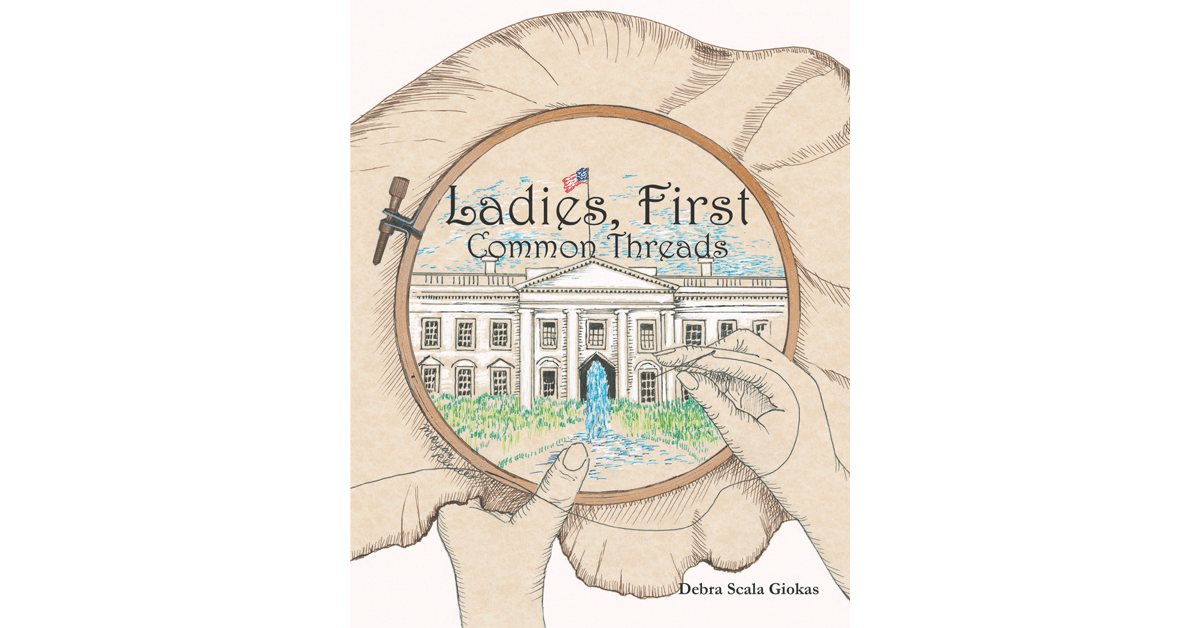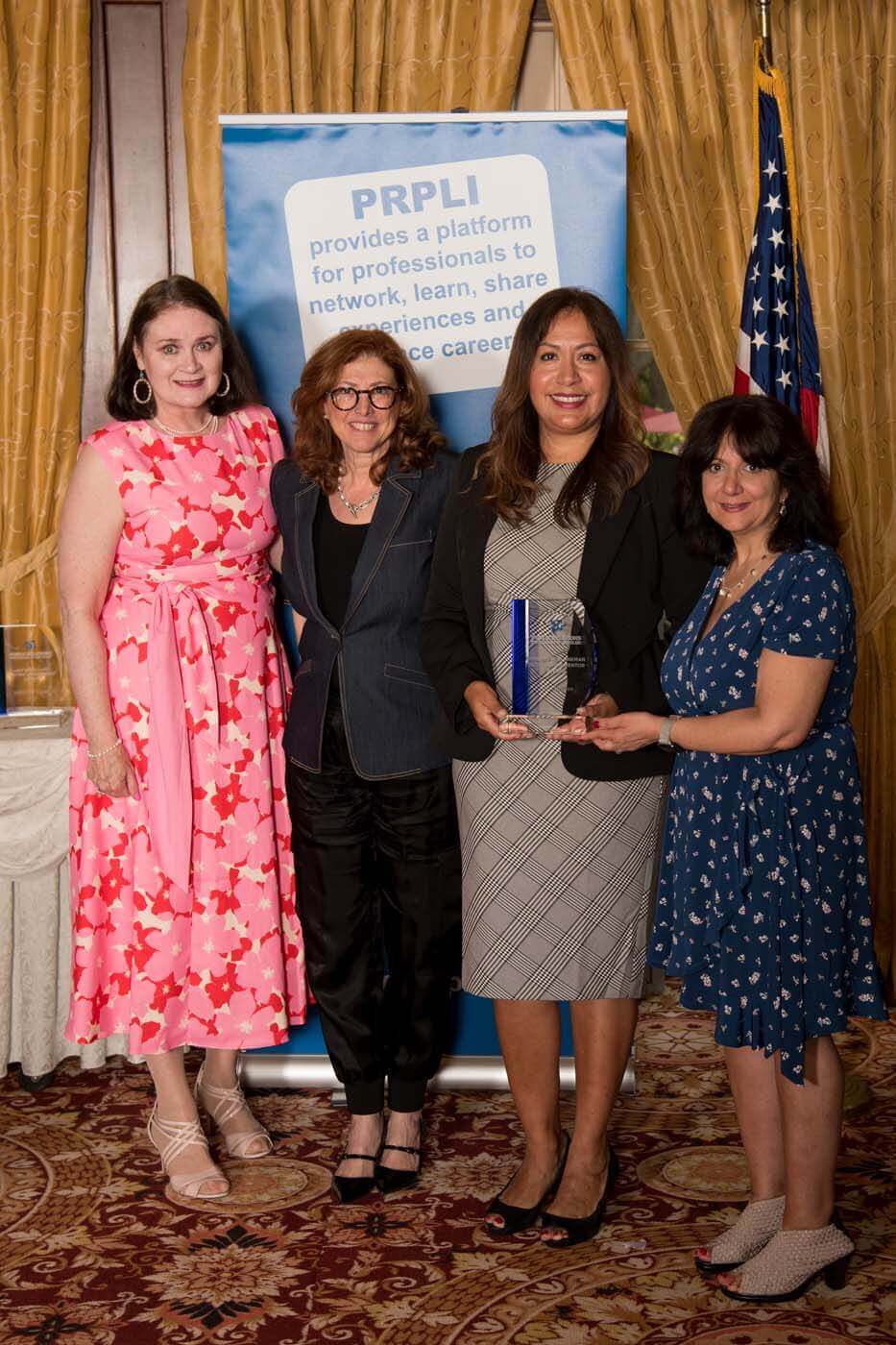By Debra Scala Giokas
I was almost at my halfway mark when I was writing about Edith Roosevelt. She had once lived at Sagamore Hill, the Summer White House, only about 30 minutes away from my own home. I had only visited once, and that was when I was in the 5th grade. My memory, though very good, was fuzzy. I recalled Theodore’s animals mounted on the wall from his safaris, but Edith…..hmmmmmmm. Edith, I couldn’t remember her presence in the house. Perhaps it was because my focus was on the president. That’s what we learned when I was in elementary school. Not much attention was paid to the first ladies.
My idea was to write about the first ladies who had some connection to needlework at one point in their lives. Edith Roosevelt, for example, needlepointed a sampler of all the important moments in her husband’s life, including Sagamore Hill and the White House, which she renovated in 1901 to accommodate her large family. She turned it into a showcase for the country. Then President Theodore Roosevelt officially named the Executive Mansion the “White House.”
I learned about Grace Coolidge crocheting the blanket for the Lincoln bed in the White House, Eleanor Roosevelt knitting for the troops during World War II, and Ida McKinley donating 4,000 pairs of her crocheted slippers to charities. I learned more about their lives…stories I had never known.
Florence Harding
In the home they built in Marion, Ohio, Florence and Warren Harding married on July 8, 1891. His newspaper the “Daily Star” later became the “Marion Star” and Florence helped him run the business side of the paper. She hired paper boys and increased circulation rates. From being in the newspaper business, she learned the art of the photo op.
She was good at portraying to the press different images, from homemaker to modern woman, depending upon the audience. She would pass out her famous waffle recipe while giving interviews. She also posed as a knitter during the 1920 “front porch” presidential campaign.
As first lady, Florence Harding was devoted to many causes, especially veterans whom she referred to as her “boys.” She placed a white silk ribbon, one she had sewed herself, on the American-flag draped casket of the Unknown Soldier on November 9, 1921. It’s because of Florence that we have the tradition of red poppies to support veteran’s causes.
Frances Cleveland
Frances Cleveland was the “IT Girl” of the 19th century. She appeared on the cover of magazines, as well as on many items without her permission. There are probably more items with Frances Cleveland’s likeness than any other first lady. Her image appeared on beauty products, plates, playing cards, cigar boxes, needles and thread, and many other things. When she married Grover Cleveland at the White House on June 2, 1886, no reporters were present. Lithographs depict the wedding day, based upon descriptions of the limited number of guests who described the event later to artists.
She also served as president of The Needlework Guild of America. That organization donated clothing to the needy around the world.
Ladies, First: Common Threads
The inspirational stories of the 18 first ladies featured in my book, LADIES FIRST: COMMON THREADS, I hope, will get more children hooked on history and encourage an appreciation of craft and creativity, patience and perseverance, sacrifice and service, and most of all the role of the first lady in the United States of America.
The book is 140 pages, intended for readers nine and up, and filled with images and photographs from our nation’s historic homes, presidential libraries, and national parks. It will be available to purchase on June 2, 2022, National First Ladies Day and may be pre-ordered on Amazon and Barnes and Noble. For more information visit debrascalagiokas.com.





